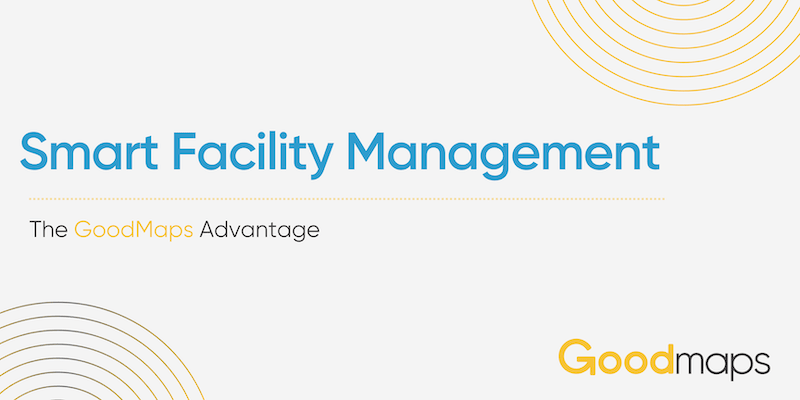Accessibility in Digital Signage
The importance of inclusion in digital signage
In public spaces today, signage is everywhere. One consideration that businesses and venues must take into account is not only the quality of their signage, but the accessibility of the signage. Technology designed with inclusivity in mind benefits all.
What is digital signage?
Digital signage is signage that works electronically. The display utilizes technologies such as projection, LED lights, plasma, or LCD screens to direct and catch consumer attention. Text, images, videos, are displayed on digital signage to quickly communicate and engage users. Digital signage is often interactive and ranges from restaurant menus to wayfinding, and even informative videos in a museum setting. This form of signage engages with consumers in a more meaningful and immersive way than traditional signage.
Accessibility and digital signage
With the technological advancement of digital signage comes the question of accessibility and universal design. Accessibility is defined as the design of products, devices, services, vehicles, or environments that are fully usable by people with disabilities. According to the World Health Organization, Worldwide, 466 million people experience some form of hearing disability, and 1.3 billion people experience some form of visual disability. 70 million across the globe people have neurodevelopmental and/or intellectual disabilities, and in the United States alone, 16 million people have cognitive disabilities.
Businesses and venues must consider who is engaging with their interactive displays. When designing and implementing forms of digital signage, businesses must consider a wide audience to have as much consumer engagement as possible.
Another consideration for digital signage is the idea of universal design. Universal design is the process of creating products that are usable by people with the widest possible range of abilities, within the widest possible range of environments and scenarios. Universal design focuses its efforts on making things accessible to all people, whether or not they have a disability. The more accessible and universal the digital signage, the more meaningful consumer engagement.
Not only is accessibility and usage within digital signage a consumer engagement concern, but a legal one. The Americans with Disabilities Act (ADA) ensures that people with disabilities have equal access to components within a building. The ADA establishes design, construction, and alteration requirements of facilities subject to the law. Having digital and interactive signage that is accessible for all not only satisfies ADA compliance, but allows the opportunity for more users to engage with content and be an active participant within an environment.
Making digital signage accessible
Digital signage provides an exciting opportunity to make information available and accessible to all users. A few considerations when designing and implementing digital signage include:
- Screen Height: Screen height is an important aspect when designing and implementing digital signage. Businesses must consider where to place a screen for ease of use. According to ADA compliance standards, screen enclosures or wall mounted digital signs must not stick out more than 4 inches from a wall. Displays must also be installed at least 27-inches from the ground and a maximum of 80-inches. These specifications not only serve people who use wheelchairs or other devices to assist with movement, but can also be useful for children or shorter adults. By applying accessible and universal design to screen height, accessibility to an interactive or display screen becomes available to more people.
- Reach: Another aspect to consider with digital signage is the length of reach. According to ADA compliance standards, enclosures that house touchscreen digital signage must maintain a maximum height off the ground of 48-inches within 20-inches of an arm’s reach. When constructing kiosks or small user areas, including a 15° to 20° slope also allows the content to be within reach of most users, regardless of their physical ability.
- Visual and Hearing-Impaired Users: Signage is often referring to visual components, however, voice-responsive technology can be integrated for those that are visually or hearing impaired, or for people that do not speak the language the signage is written in.
Suggestions to make digital signage accessible to visual and hearing-impaired users:
- Add braille instructions
- Add voice-responsive technology in a variety of volume options and languages
- Add a headphone jack for sound output instructions and directions
- Include input controls such as on-screen or external keyboards. Also include options for touch-discernable and raised options
Benefits of accessible digital signage
Accessible and universally designed digital signage has numerous benefits. These benefits include:
- Visual appeal: Digital signage is pleasant and attractive. Pretty patterns, vivid colors, pretty patterns, and eye-catching copy immediately engage consumers.
- Visibility: Unlike traditional signage, digital signage constantly moves. Images shifting, scrolling, and touch-responsive screens increase the visibility of the products, services, or business being displayed.
- Up-to-date and real-time information: Quick and simple changes are possible. Businesses and venues can make announcements or reprogram messages accurately and instantly.
For example, airports have gate changes and flight time changes consistently. Although consumers that have accessibility concerns can greatly benefit from up-to-date information, so can all passengers. The flight change information that may be included in the digital signage can be applied to all passengers. The digital sign may include a map of the airport, suggestions for the quickest and safest route to the new gate, restroom and restaurant locations, or mother’s rooms. Accessible and universal design being built into the technology improves the customer experience for everyone in this scenario.
Moving Forward
As technology continues to evolve, so does the need for inclusivity within technology. In today’s consumer landscape, retailers must navigate not only a digital space but a physical space as well. In the past, both digital and physical spaces were designed without a significant portion of the population in mind. When designing digital space, it is important to keep all users in the forefront and carefully consider how digital signage and content can be used and manipulated by a varied audience. Designing and implementing with accessibility and inclusion in mind creates an engaging and dynamic experience for everyone.


